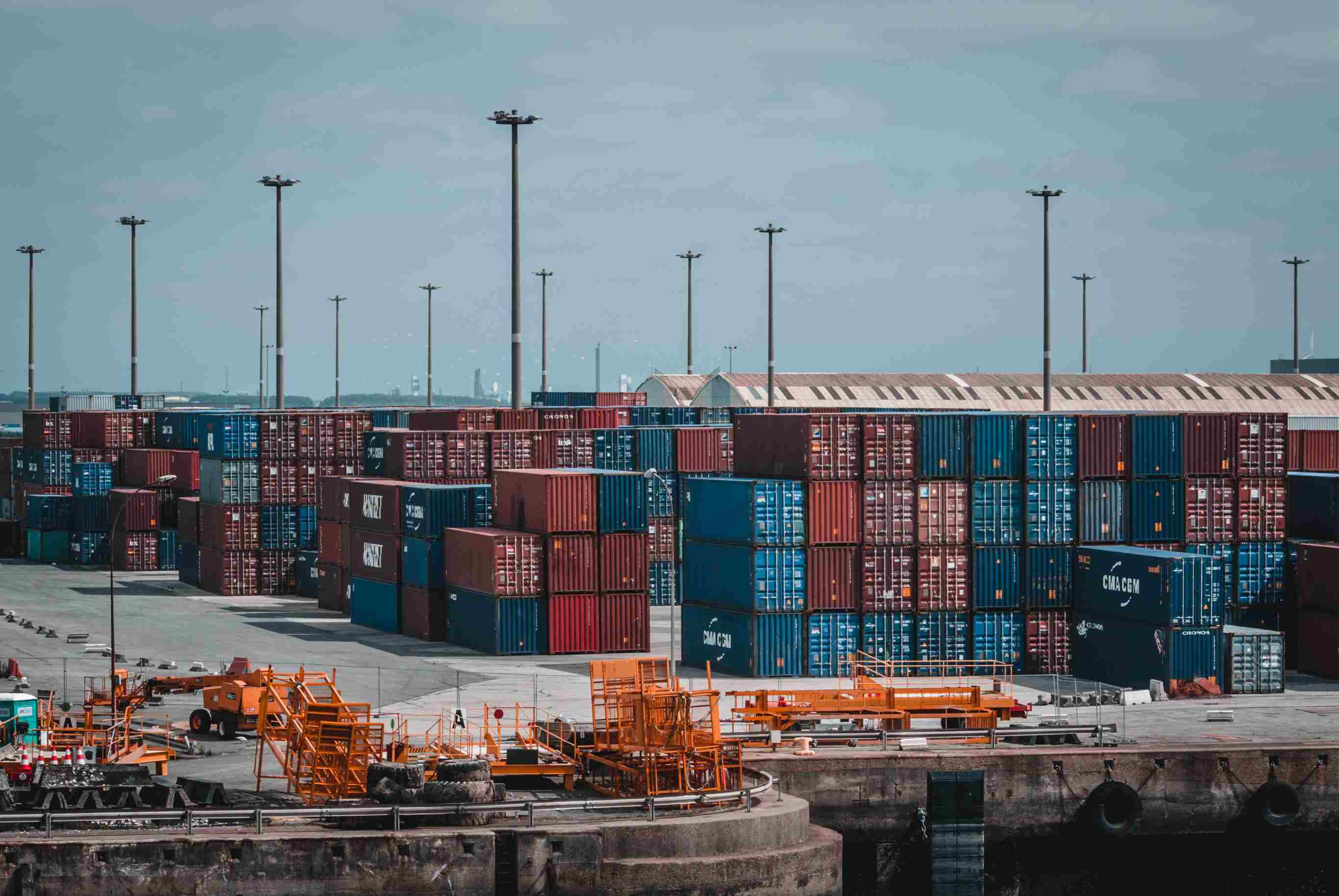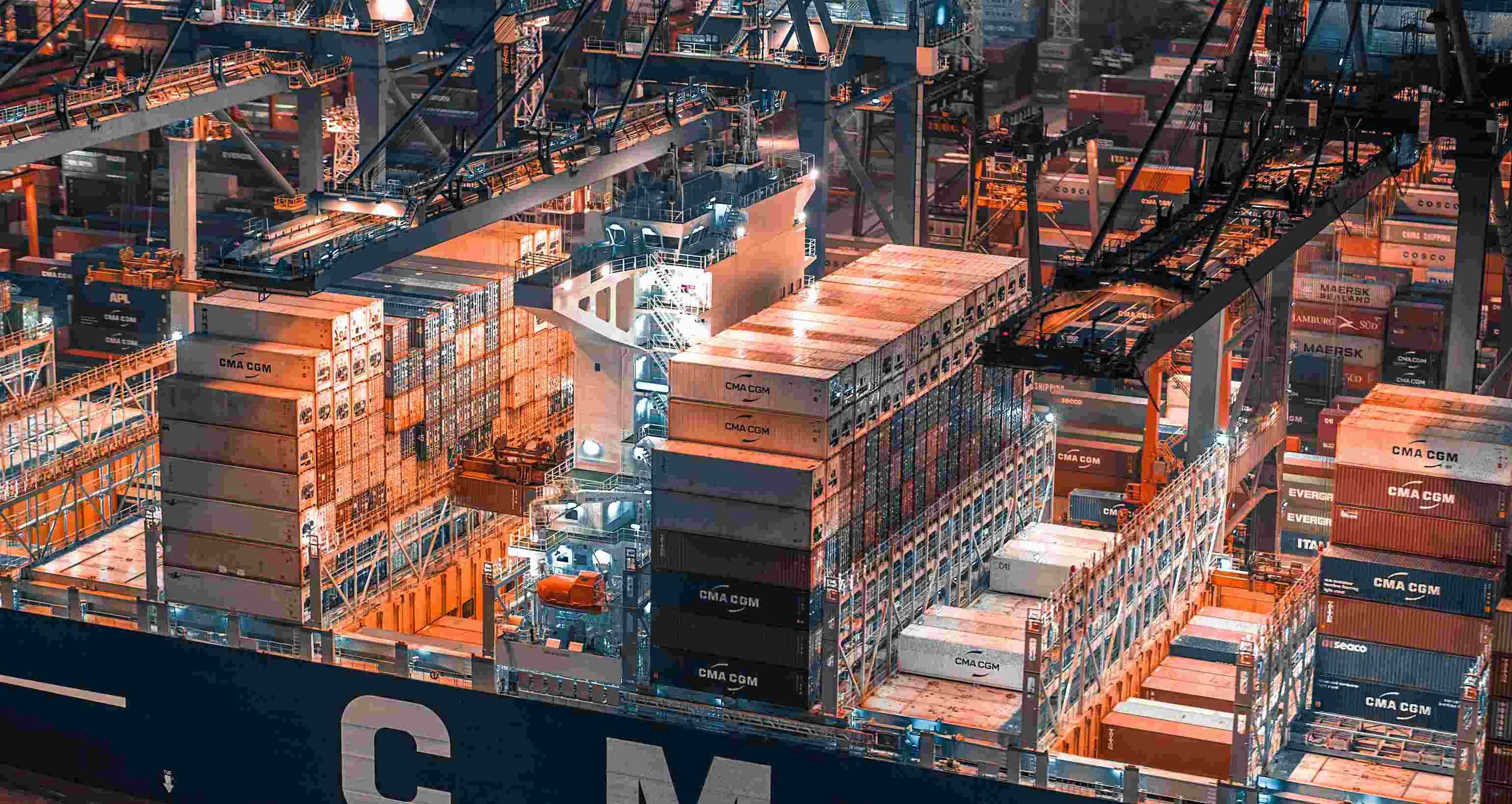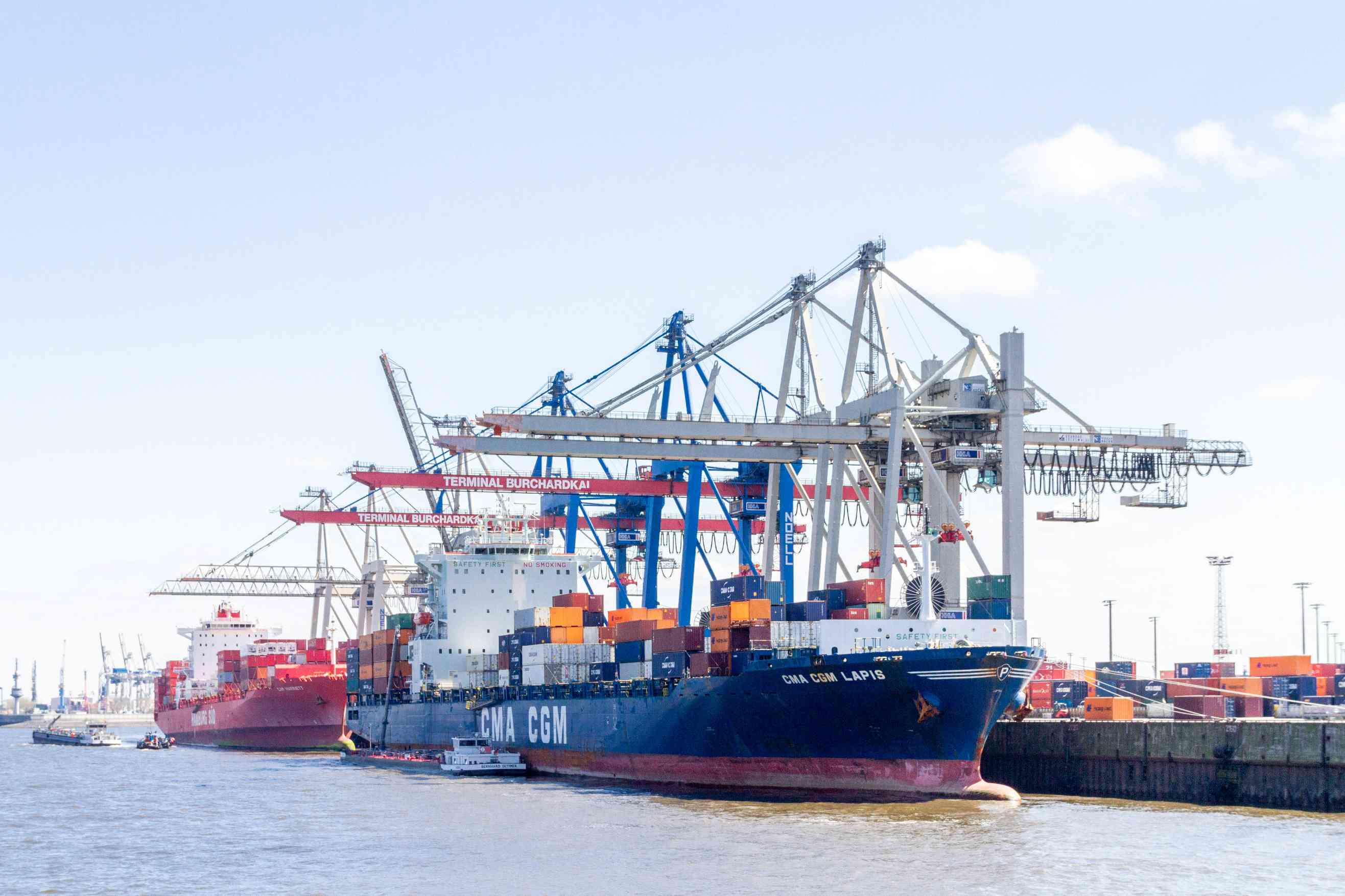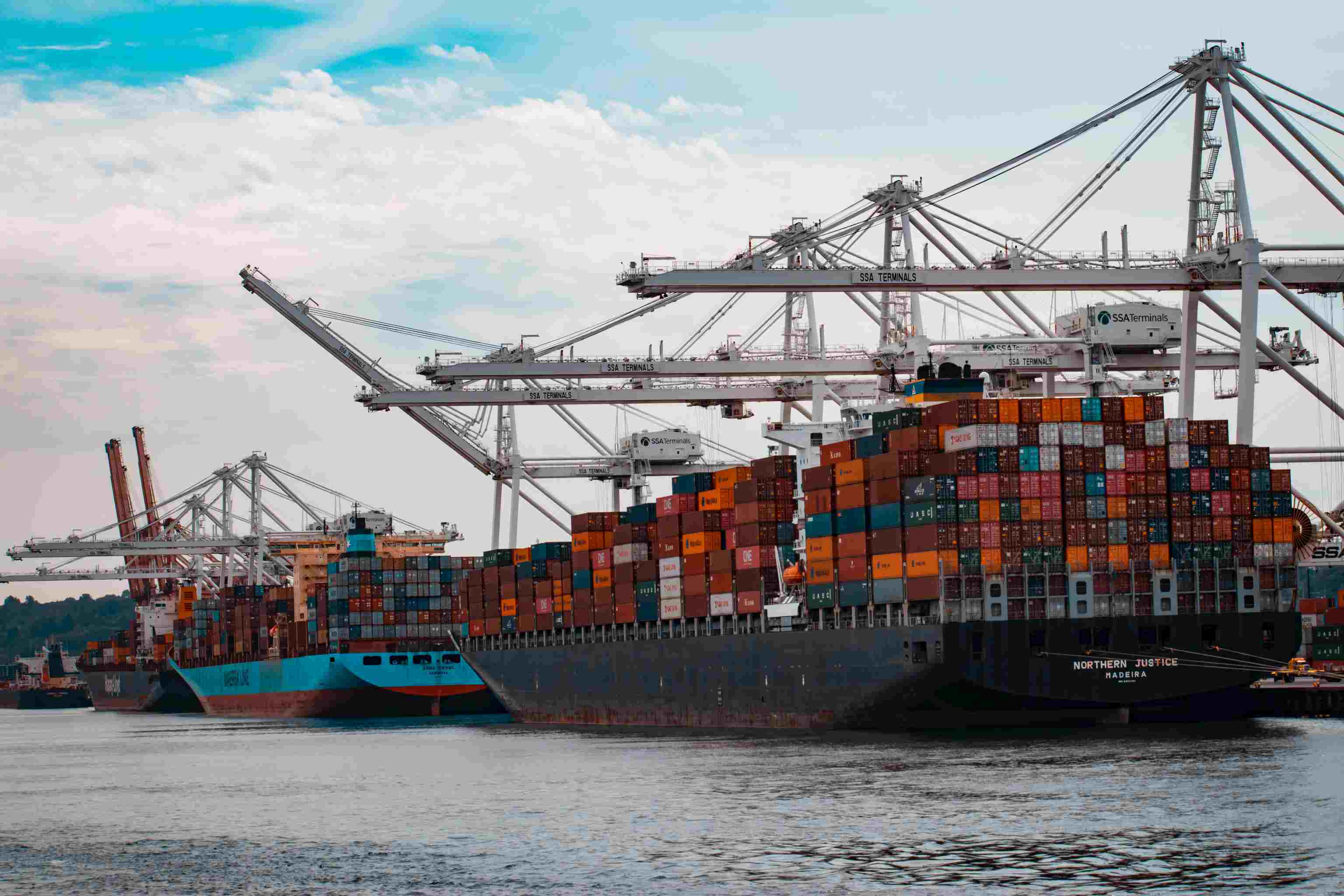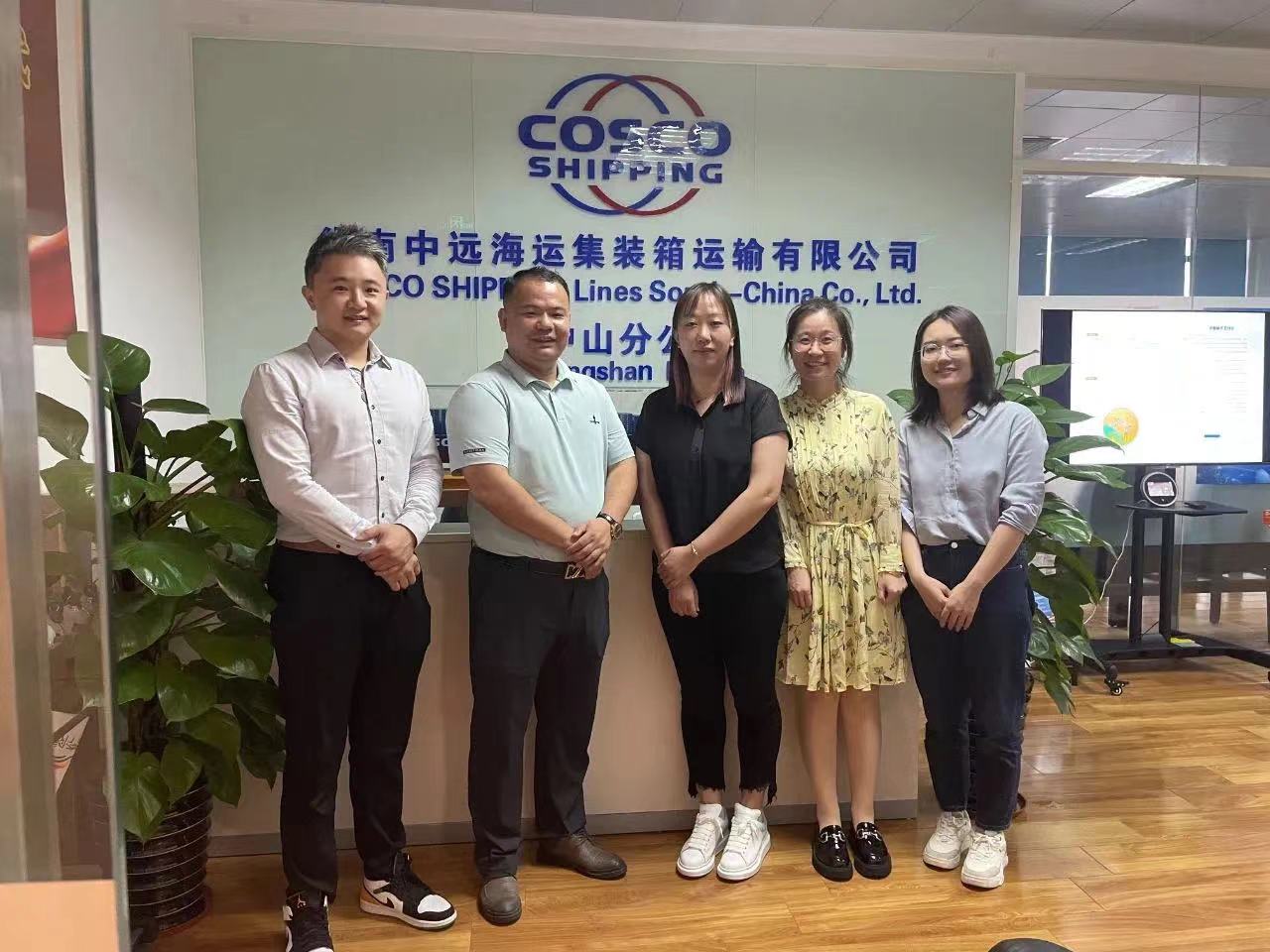Classification of transit containers.
First, the transit containers are divided into types (uses):
1. General-purpose container: General-purpose container is generally used to transport ordinary packaged goods. For example: power supply, instrumentation, small machinery, glass ceramic building materials, handicrafts, cultural, educational and sporting goods, medicine, tobacco, alcohol, food, daily necessities, chemicals, knitting textiles, hardware and other products Both are suitable for containerized goods.
2. Dedicated container: Dedicated container is used to carry specific goods. At present, there are not many special containers in our country. There are mainly the following types of special foreign containers:
(1) Containers: Mainly used to transport cement, flour, grains, salt, plastic handicrafts, powdered particles in the fertilizer industry. This type of container can be self-unloaded, and it can also be unloaded with compressed air.
(2), canned container: mainly used to transport liquid goods, such as wine, milk, honey, chemicals, syrup, etc. It can also be used to transport compressed gas.
(3) Refrigerated containers: mainly used to transport perishable goods, such as meat, fish, eggs, vegetables, fruits, etc. The goods can be kept at a certain temperature in the box.
(4) Livestock container: this is used to transport livestock, poultry and other goods. There are good ventilation equipment and feeding equipment in the box.
Second, the transit containers are divided by size:
Large boxes of transit containers: As long as the loading capacity is more than 20t, they belong to large boxes (such as 20-foot boxes, 40-foot boxes).
Small containers of transit containers: As long as the loading capacity is less than 5t, they are all small containers (such as the 1t container currently in common use in my country).
Medium-sized containers of transit containers: medium-sized containers with a loading capacity between 5-20t (such as 5t containers and 10 containers currently in common use in my country).
Third, the transit containers are divided according to their structure:
transit containers are divided into closed type, open top type, movable top type, no top type, door open at both ends, folding type, etc.
Fourth, transit containers are divided into railway containers and self-provided containers according to the owner of the container.
